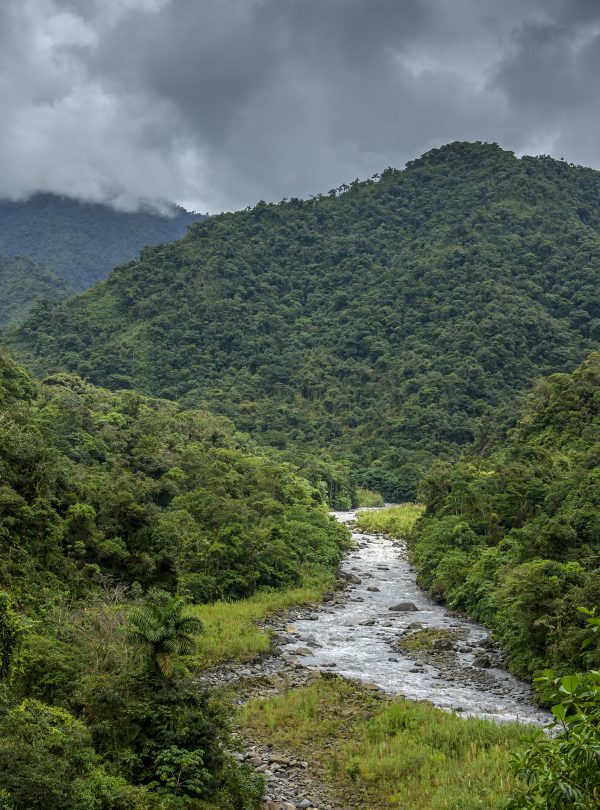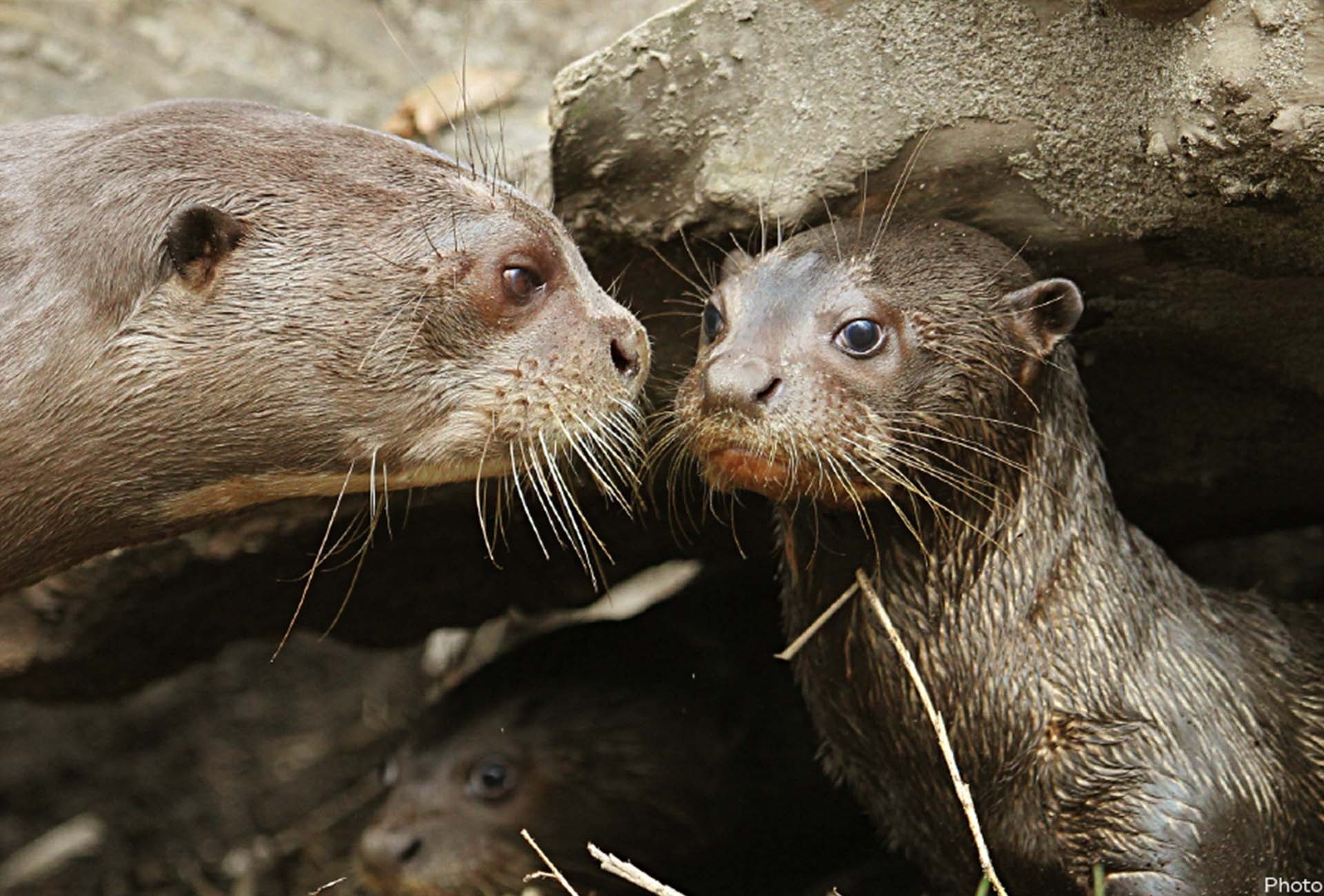
Securing a Missing Link in the Amazon
Support Other Projects Like ThisSupport Other Projects Like ThisHome to the world’s largest tropical rainforest on Earth, the Amazon is legendary for its great biodiversity that contains millions of species, many still undescribed.
-
Species at Risk
White-bellied Spider Monkey (EN), Giant Otter (EN), South American Manatee (VU), Yellow-spotted River Turtle (VU), Jaguar (NT)
-
Carbon stored
(Not Calculated)*
*(metric tons of CO2 equivalents) -
Partner
CEDIA (Center for the Development of an Indigenous Amazon)
-
880,254 Proposed Acres Conserved by
Designation
-
Project Cost: $1,488,630
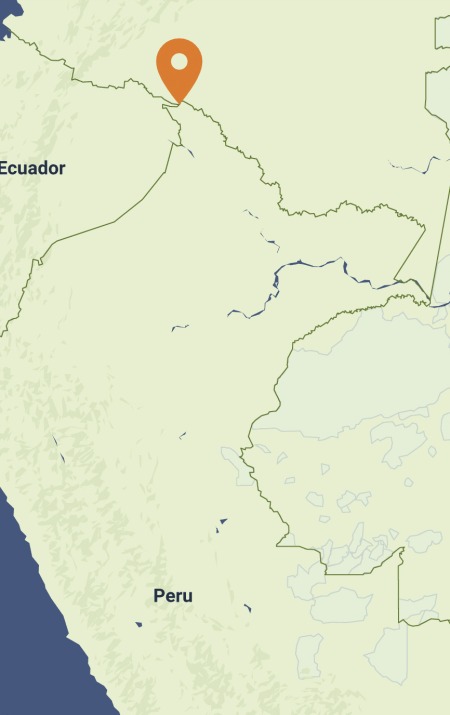
880,254
Home to the world’s largest tropical rainforest on Earth, the Amazon is legendary for its great biodiversity that contains millions of species, many still undescribed.
-
Species at Risk
White-bellied Spider Monkey (EN), Giant Otter (EN), South American Manatee (VU), Yellow-spotted River Turtle (VU), Jaguar (NT)
-
Carbon stored
(Not Calculated)*
*(metric tons of CO2 equivalents) -
Partner
CEDIA (Center for the Development of an Indigenous Amazon)
-
880,254 Proposed Acres Conserved by
Designation
-
Project Cost: £1,119,270

880,254
Home to the world’s largest tropical rainforest on Earth, the Amazon is legendary for its great biodiversity that contains millions of species, many still undescribed. However, during the past few decades, nearly 20% of its lush forest has been lost, removing a staggering amount of habitat needed by the area’s unique wildlife to survive.
Rainforest Trust and local partner Center for the Development of an Indigenous Amazon (CEDIA) are working to protect the missing link that will create a combined 7.8 million-acre tri-national corridor that will safeguard a massive swath of critical Amazon rainforest habitat across Peru, Ecuador and Colombia. This critical missing link will be secured by working to expand the current Airo Pai Community Reserve along with other regional protection efforts, protecting more than 880K acres of the mega-diverse forests of northwestern Peru from threats such as illegal logging and oil exploitation.
Explore Peru
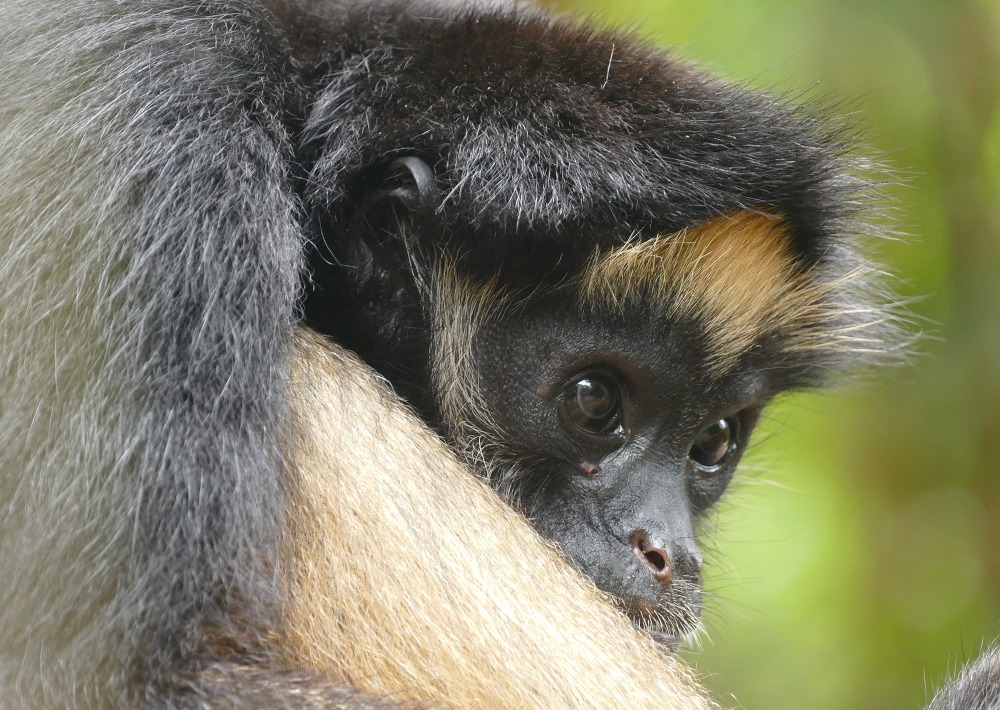
The Endangered White-bellied Spider Monkey, by Helge Zabka
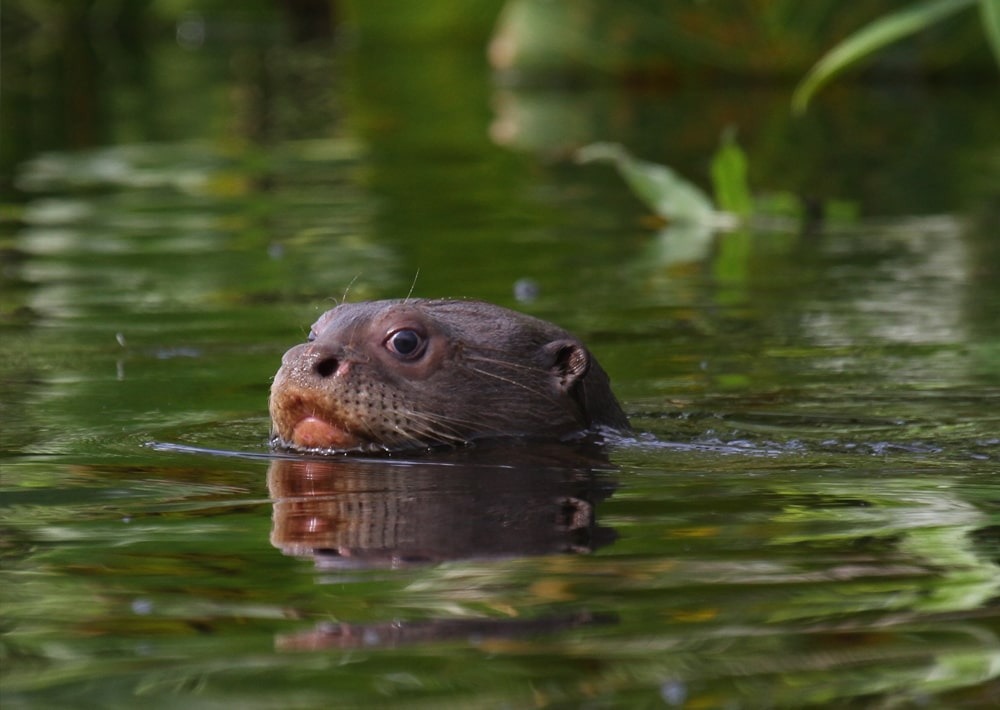
The Giant Otter, by Kenny Ross
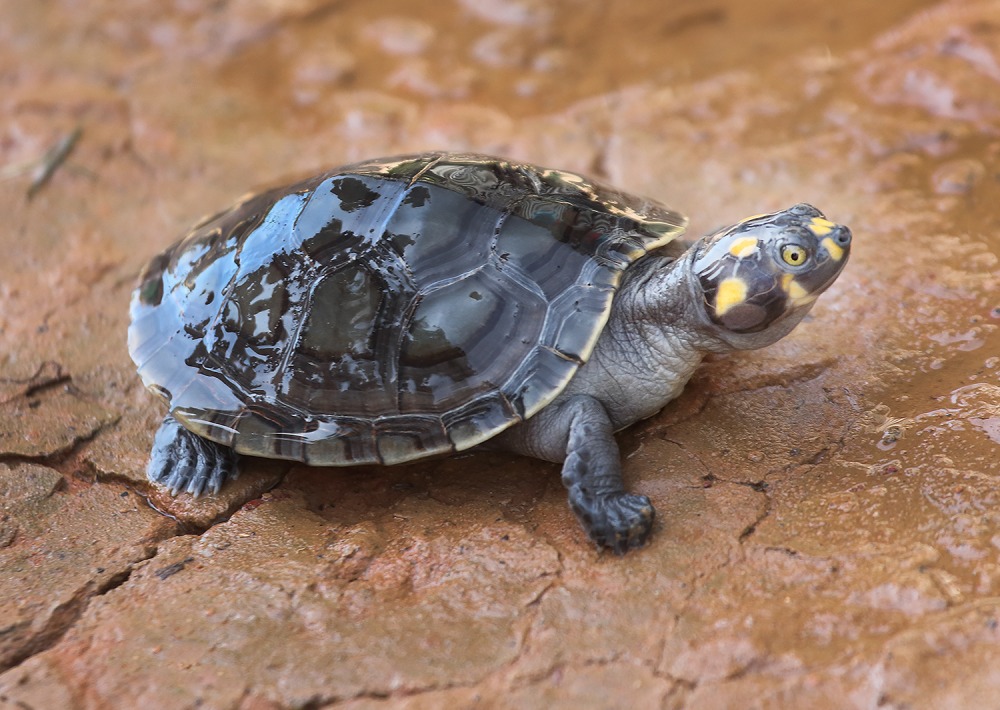
Yellow-spotted River Turtle, by George Jett
Biodiversity
The western Amazon basin teems with biodiversity. A rapid biological inventory done by Chicago’s Field Museum of Natural History in the area reported between 3,000 and 4,000 species of plants, more than 90 amphibian species and 550 species of birds.
Among hundreds of mammal species in the region, the Endangered White-bellied Spider Monkey has experienced a population decline of at least 50 percent over the past 45 years due to hunting and habitat loss. These threats are causing similar declines for other wildlife, including the Endangered Giant Otter that primarily resides in large, slow-moving rivers, streams, lakes and swamps in the region. Also found within this ecosystem, species classified as Vulnerable include the South American Manatee and Yellow-spotted River Turtle.
Challenges
Though recognized for its high levels of biodiversity, this area faces serious threats from illegal logging, oil exploitation and agricultural encroachment.
The Airo Pai Community Reserve expansion contains no permanent logging concessions, oil or gas plots, but these activities are taking place near the boundaries of the proposed expansion. It is critical that protective measures be put in place now to prevent future encroachment.
Communities
The reserve expansion will incorporate involvement from resident indigenous communities to strengthen the protection and management of the entire Güeppí region of northwest Peru.
Only one community exists within the proposed expansion of Airo Pai, a small Secoya settlement named Puerto Estrella. The Secoya people are believed to be one of the most ancient groups living in the Amazon and are strong proponents of conservation initiatives. This ongoing community support is vital to the long-term success of the Airo Pai Community Reserve.
Solutions
To protect this vast area of Amazonian lowlands from further exploitation, Rainforest Trust will work with CEDIA and local indigenous communities to increase Airo Pai Community Reserve and implement an integrated surveillance and control program that includes highly trained forest guards.
The newly expanded reserve will safeguard wildlife and indigenous communities, creating a 7.8 million-acre tri-national corridor that connects Yasuní National Park in Ecuador, Gueppi National Park in Peru, La Playa National Park in Colombia, and a mosaic of interlinking communal reserves.
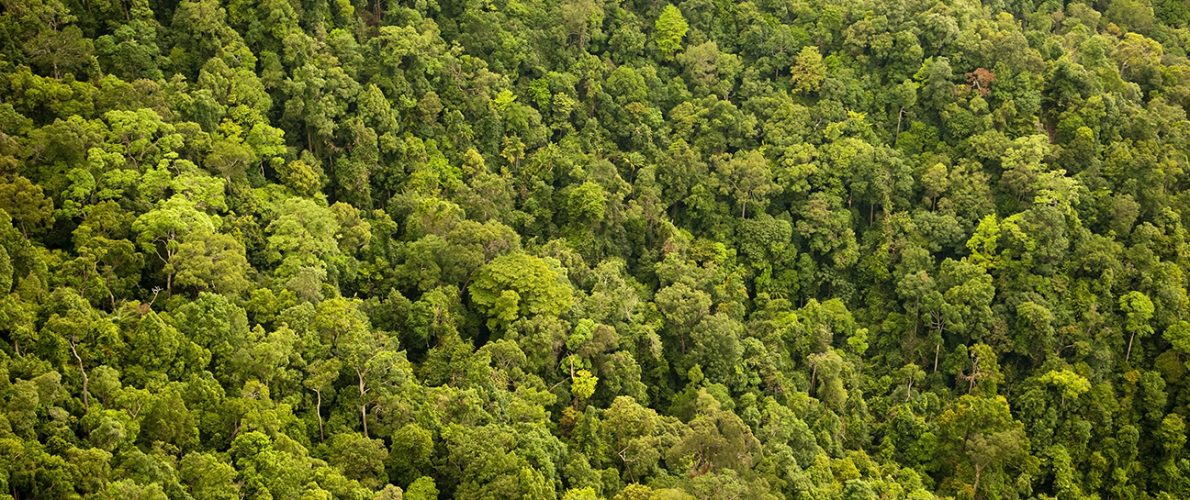
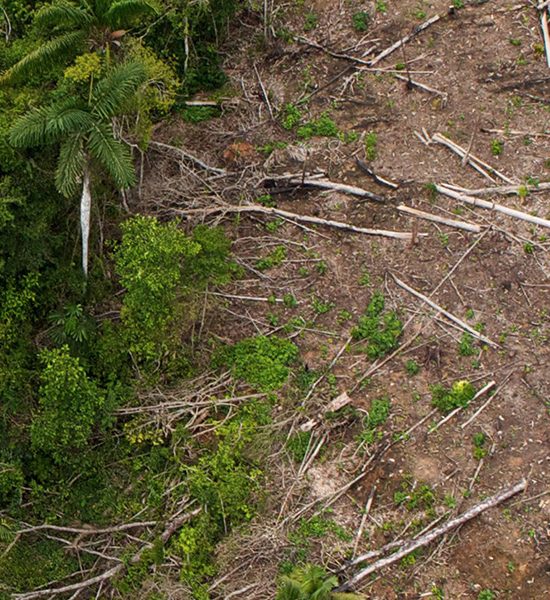
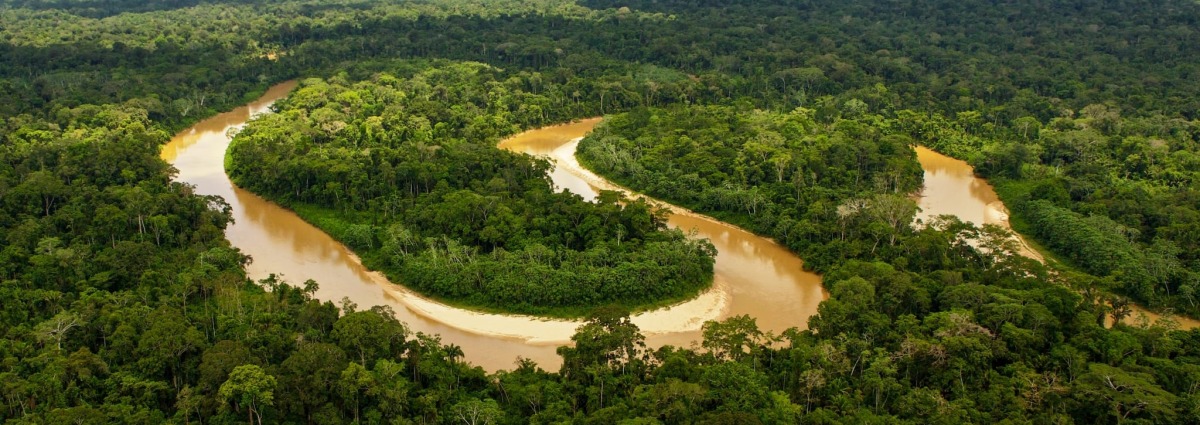
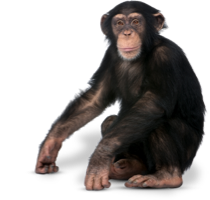
Partnering to Save Rainforest
Our partners’ ability to work with their governments and build strong connections with local communities ensures the successful implementation of our projects.
Learn More About This PartnerLearn More About This Partner
